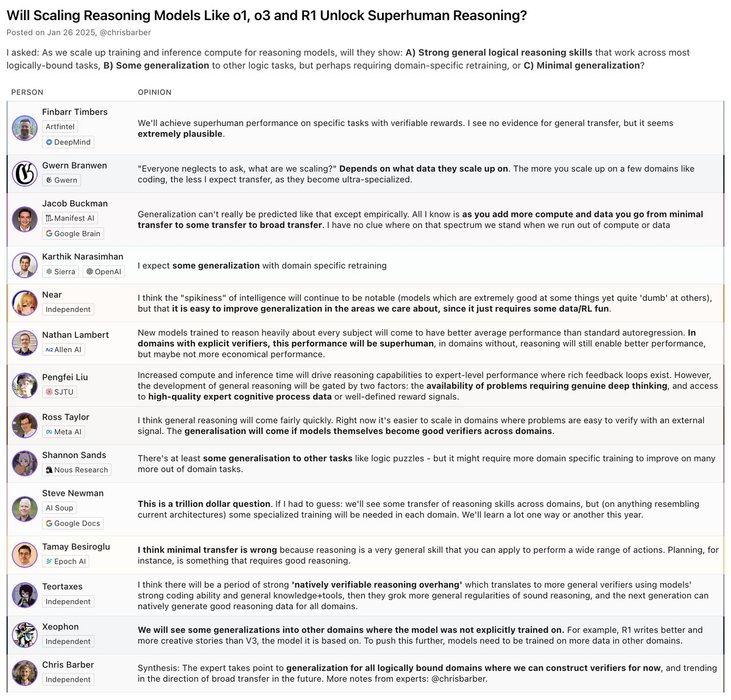Sublime
An inspiration engine for ideas
Cognitive biases in decision-making: how liking and disliking tendencies distort judgment and lead to irrational choices in life and investing
TRANSCRIPT
Stay objective on the issue and what you want to achieve. The moment you find yourself making excuses for obvious problems that a warning sign Don dismiss people because you don like them And remember your enemy knows your faults better than you do And in investing ask yourself, if I didn't already own this, would I buy it today at the current
... See moreUnderstanding reciprocation tendency and mere association bias in human decision-making and behavior manipulation
TRANSCRIPT
So how can we use this tendency? First, go positive and go first. If you want cooperation, do favors without keeping score. If you want to de-escalate conflict, make the first concession. The reciprocation follows naturally.
Second, use the Sam Walton rule. In positions where favors could compromise judgment, if you're in purchasing or negotiating
... See more
Cognitive biases in decision-making: doubt avoidance and inconsistency avoidance tendencies, featuring insights from Munger and Kahneman on managing uncertainty
TRANSCRIPT
What triggers this tendency? Two things, really. Puzzlement and stress.
When you don't understand something and you feel pressure, anxiety, or scarcity, the doubt avoidance tendency kicks into high gear. Your brain desperately wants to resolve the uncertainty and will grab onto almost any answer.
In business, this shows up constantly. You're in a
... See moreRemembering Daniel Kahneman: A Mosaic of Memories and Lessons - By Evan Nesterak - Behavioral Scientist
Evan Nesterakbehavioralscientist.orgFinding Undiscovered Talent
joincolossus.com
Reciprocation tendency as a powerful force in human nature and how going positive first unlocks mutual benefit
TRANSCRIPT
Pattern nine is reciprocation tendency. And this is one of the most powerful forces in human nature. The automatic tendency to reciprocate both favors and disfavors. Reciprocity can be summed up like this. When you act on things, they act on you. There's an action and a reaction. My friend Peter Kaufman has a perfect example. You're in an elevator
... See more


